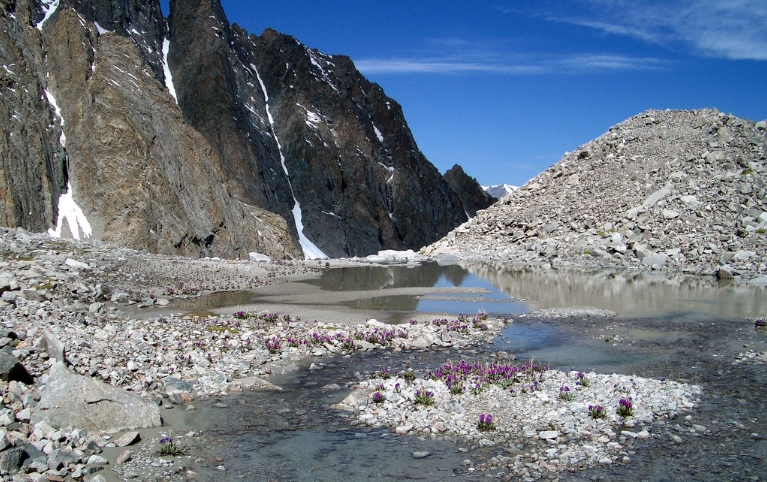# Understanding Diastrophism: The Forces Behind Earth’s Changes
## What is Diastrophism?
Diastrophism refers to the geological processes that deform the Earth’s crust. This includes the folding, faulting, and warping of rocks. These movements shape landscapes over millions of years.
## Theories of Diastrophism
### 1. Plate Tectonics: The Driving Force
The plate tectonics theory explains how the Earth’s lithosphere is divided into tectonic plates. These plates move slowly due to convection currents in the mantle. Their interactions lead to significant geological events, such as earthquakes and mountain-building.
### 2. Isostasy: Balance in Motion
Isostasy describes the equilibrium between the Earth’s crust and underlying mantle. Different regions of the crust can sink or rise due to changes in load and density. This theory helps explain the uplift of mountain ranges and the sinking of ocean basins.
### 3. Thermal Contraction and Expansion
This theory focuses on temperature changes affecting rock formation. As the Earth cools, it contracts, creating stress and causing faults. Conversely, heating can lead to expansion and geological uplift. These processes contribute to diastrophic movements.
### 4. Gravitational Forces: Pulling the Landscape
Gravity plays a crucial role in diastrophism. It affects how rocks move and deform. Slopes collapse under gravitational pull, leading to landslides and other changes in the landscape.
### 5. Tectonic Stress: The Power of Forces
Tectonic stress results from the movement of tectonic plates. Compression, tension, and shear forces change how rocks behave. These stresses lead to the development of folds and faults in the Earth’s crust.
## Conclusion: The Impact of Diastrophism
Diastrophism shapes Earth’s surface over time. Understanding its theories provides insight into the dynamic processes that create our landscapes. From mountain ranges to ocean basins, these geological forces continue to shape our planet’s future.

